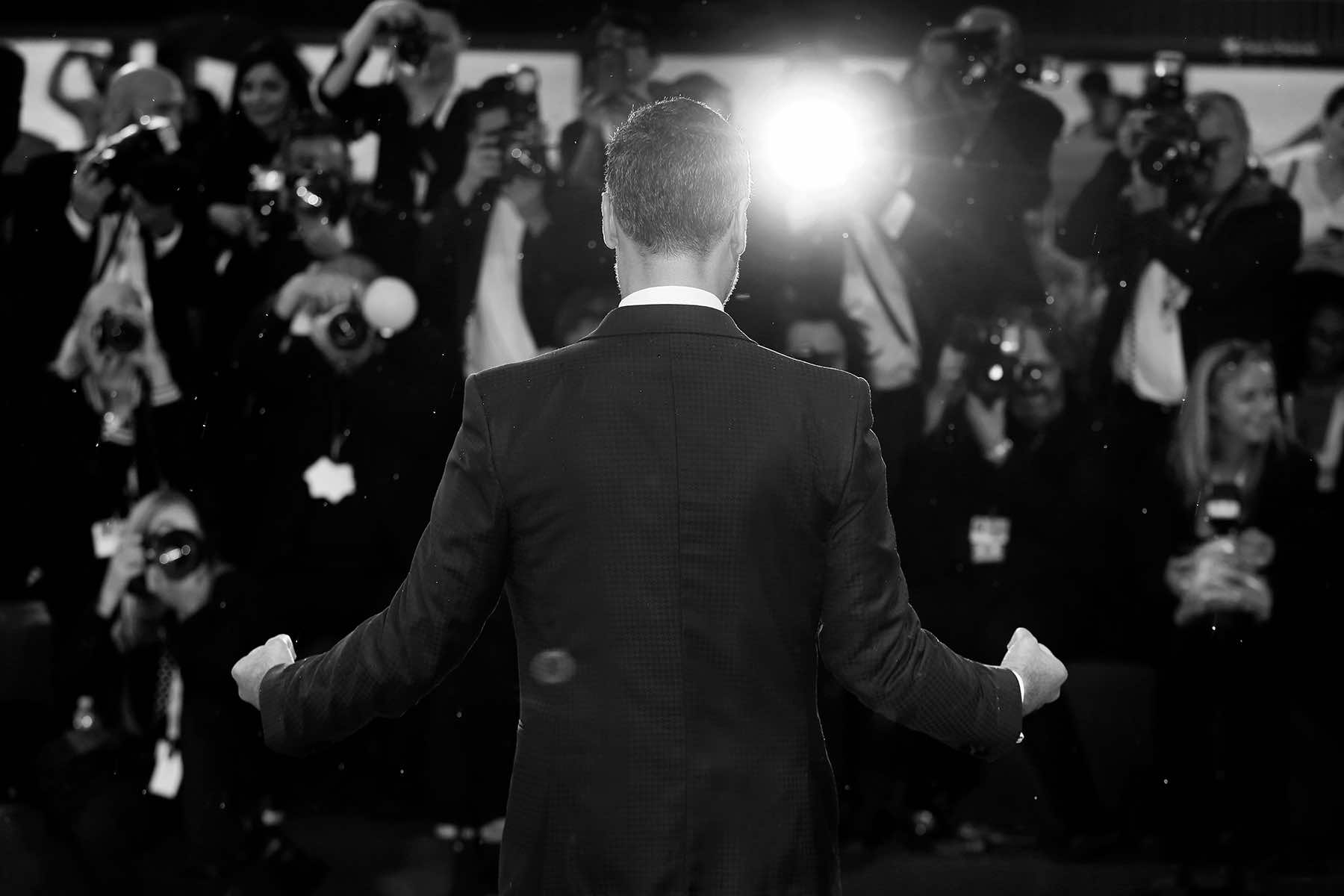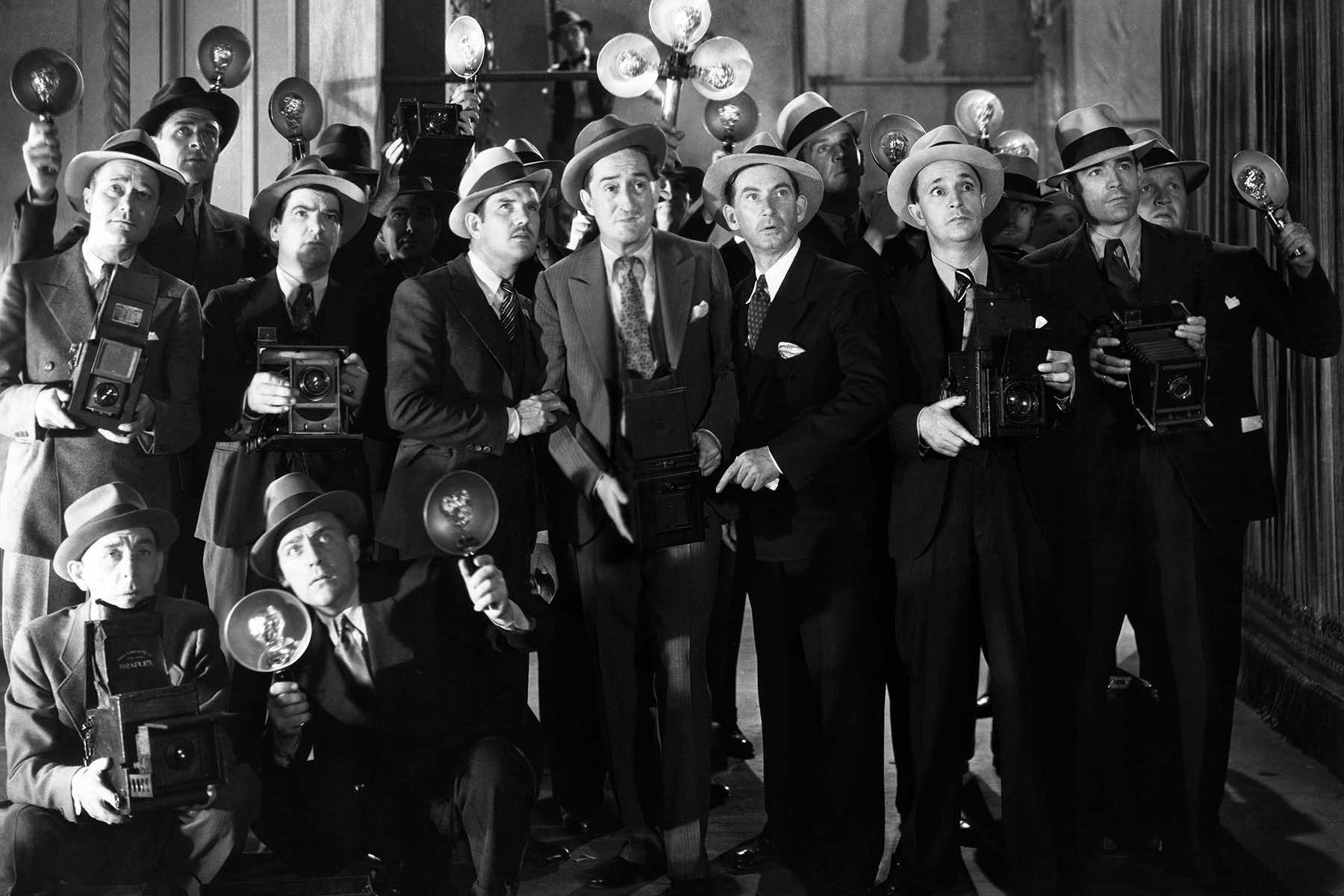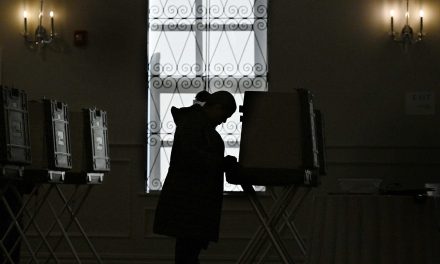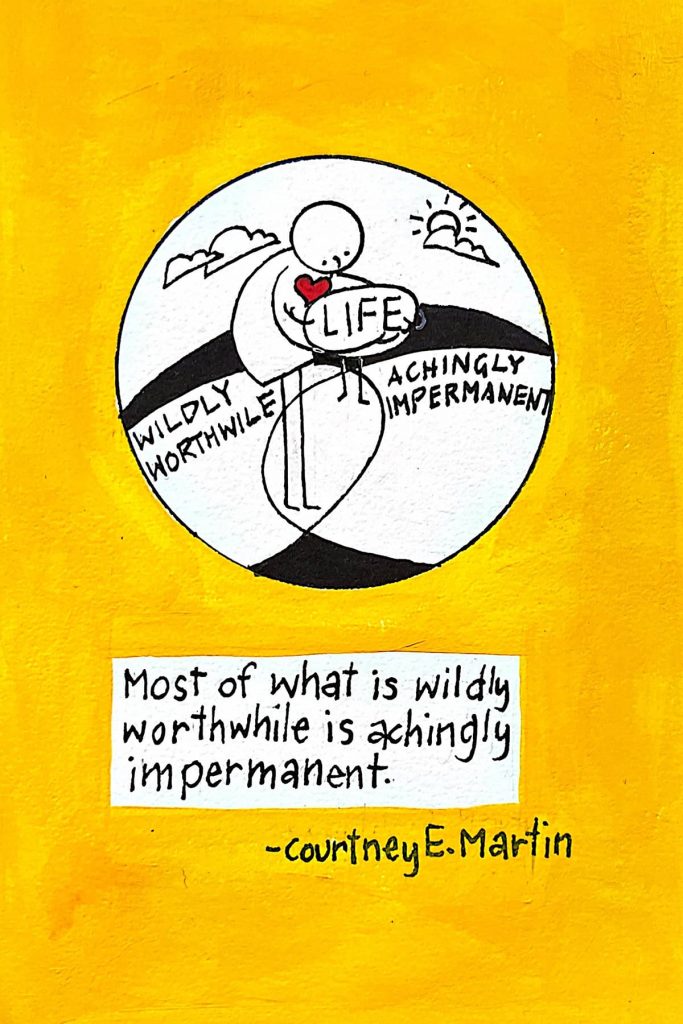
They are not the ones on stage. They are not the faces attached to awards, nor the voices quoted in press releases. And yet, they are everywhere, in every movement, campaign, or civic improvement that appeared to happen smoothly from the outside.
Their fingerprints are on the progress that the public assumes was inevitable. But they are rarely invited to stand in the spotlight. In nearly every professional field — from journalism to activism, education to public health — a recurring pattern haunts those who choose principle over publicity.
The quiet organizers, fixers, and connectors who invest years of labor into a cause often watch as others arrive late, add little, and walk away with the credit. It is not a new story. But it is a deeply corrosive one.
What makes this theft especially galling is not just the misallocation of recognition, but the system behind it. Institutions — whether nonprofit, governmental, or corporate — have become fluent in theatrics. They know how to elevate the polished, media-ready figure who fits the brand, not the person who bore the cost.
Behind every manufactured success story is often a trail of uncredited labor and quiet sacrifices, sustained by people who did not make noise about their contributions, and were even punished for it.
These are not invisible people. They are simply ignored. Often, it is because they refused to insert themselves into the narrative. They understood that the mission came first. They worked behind the scenes to move fragile projects forward, to build bridges between rival stakeholders, to offer logistical support that only someone deeply embedded in the issue could manage.
But their choice to stay in the background, sometimes it was for ethical reasons, sometimes for survival, made them easy to write out of the narrative. This dynamic is not limited to high-profile activism. It occurs in local politics, independent journalism, neighborhood coalitions, international aid, and even creative industries.
In any ecosystem where public impact intersects with professional hierarchy, the person who builds the structure is often mistaken for the person standing in front of it. Part of the issue lies in how institutions validate contribution. Awards, promotions, funding, and social capital tend to reward performance, not labor. And performance, by design, can be detached from truth.
A charismatic spokesperson can absorb attention meant for an entire team. A well-connected newcomer can step in just as a project nears completion and be framed as its architect. These patterns are exacerbated by media cycles and the algorithmic churn of attention, which prioritize virality and polish over substance and process.
There is also the brutal reality of timing. In some cases, those who laid the groundwork are simply not present when the moment comes. They may have been delayed by travel restrictions, squeezed out by funding cuts, or worn down by years of unsustainable effort.
When they are not physically there to advocate for themselves, others step in and do so without acknowledgment. This is not always intentional malice. Sometimes it is just inertia. People gravitate to the nearest visible figure and assume they must be the center.
But the impact is the same. The people who carried the burden watch someone else take the bow. And this can be devastating. Not because of vanity, but because it ruptures trust. It sends a message that doing the right thing quietly is a liability. That investment without self-promotion is wasted. And it discourages future contributions from those who have the most to offer.
The consequences extend beyond individuals. When public recognition consistently goes to the least deserving actors, it distorts the historical record. It reshapes community memory around convenience and spectacle, not around accuracy or justice. It also saps the morale of those who do the most essential, and often thankless, work.
If the only way to be heard is to be flashy or political, then serious problems go unaddressed, and essential voices fall silent.
Even within journalism, this erasure is common. Investigative work that uncovers critical truths is frequently ignored until a major outlet picks up the story, repackages it, and is hailed for “breaking” the story.
Independent reporters and small publications know this will happen, and still pursue the story. They are motivated by public interest, not glory. But the sting is real. They see their labor appropriated, their credibility bypassed, and their mission recast in someone else’s voice.
What sustains many of these people is not the hope of reward, but a deeper conviction that the work itself matters. That serving the public is a form of resistance, especially in environments that reward misinformation, celebrity, and spectacle.
But conviction alone cannot replenish what the system drains. Years of underfunding, public indifference, and institutional gatekeeping wear down even the most committed. That quiet conviction, the belief that impact matters more than applause, is what keeps many from walking away entirely. But it comes with a cost. Over time, the emotional toll compounds.
What begins as frustration can calcify into bitterness, and burnout becomes a permanent condition rather than a passing phase. Many who operate behind the scenes do so with the full knowledge that they will likely never be credited, protected, or adequately supported. They do it anyway out of principle, but that doesn’t mean they are immune to despair.
For these individuals, justice isn’t just about accountability or public recognition. It’s about honesty. Honest attribution. Honest memory. Honest storytelling. They are not demanding praise, only that the truth be told. Who did the work, who made the decisions, who carried the weight? When that truth is denied, the narrative itself becomes an injustice.
This issue also reveals a deeper cultural malfunction, the fetishization of “leadership” in its most performative shape. Society lionizes the public face, the figurehead, the closer. But leadership isn’t always loud.
Real leadership often looks like making space for others, sacrificing visibility for impact, and carrying unglamorous burdens when no one else will. And yet, those traits rarely make it into the official story. They’re not photogenic. They don’t fit the narrative of a press release.
There is also a cruelty in how these dynamics intersect with power structures. Marginalized people — especially women, people of color, queer people, immigrants, and disabled individuals — are disproportionately written out of the frame.
Their labor is more likely to be classified as “support,” their ideas claimed by others, and their objections labeled as bitterness or ego. In many cases, they are not only erased — they are penalized for asking to be seen.
That penalty may come in the form of exclusion from future projects, retaliatory silence, or the subtle suggestion that speaking up violates the code of humility. But silence, too, is a political act. When institutions depend on that silence to preserve false narratives, they aren’t just misallocating credit — they are rewriting history.
It’s not enough to say this is unfair. It is actively harmful. It disincentivizes ethical behavior and incentivizes exploitation. When the system rewards those who show up at the finish line and dismisses those who built the road, it becomes harder and harder to attract people motivated by anything other than self-interest.
And that has consequences for every public good, from journalism to education to public service. There are no easy fixes. Recognition systems are deeply embedded in institutional culture, and media narratives are shaped by forces far larger than any one newsroom or nonprofit.
But there are ways to push back. One is to name the pattern — clearly, without apology. Another is to build solidarity across fields. This isn’t just a journalism problem or an activism problem. It is an everywhere problem.
It is present in the tech worker whose innovation is credited to an executive. In the nurse whose protocols are adopted without acknowledgment. In the volunteer who spends years building community programs, only to be left out when a grant is announced.
These stories echo one another because they share a common structure: the extraction of labor from people who believe in something larger than themselves, and the redistribution of credit to those who believe in visibility first.
For now, many of the real builders remain unnamed. But their absence from the spotlight does not mean they do not matter. In fact, their absence is the story, one that needs to be told not just for their sake, but for the integrity of every movement and institution that claims to work in the public interest.
Because if the public never learns who actually made progress possible, then no one will ever know where to look for help when it needs to be done again.
© Photo
Andrea Raffin and Everett Collection (via Shutterstock)














